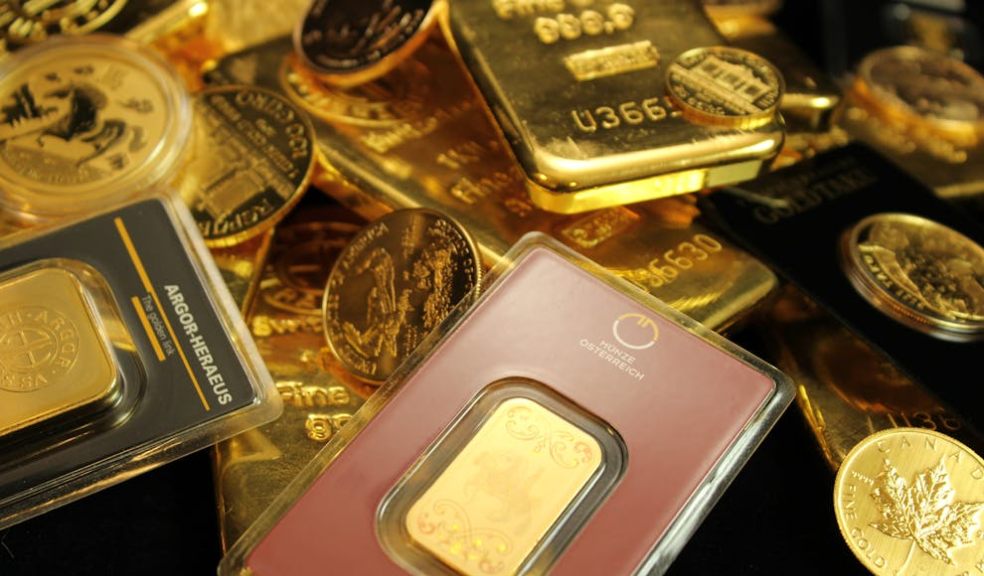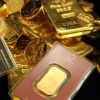
Understanding Precious Metals Futures Contracts
Precious metals, such as gold, silver, platinum, and palladium, hold significant value in global markets. Futures contracts enable investors to speculate on the future price movements of these metals, providing opportunities for profit or hedging against price fluctuations. This introductory guide delves into the fundamentals of precious metals futures contracts, exploring how they work, their role in risk management, and factors influencing their prices. By gaining a deeper understanding of these financial instruments, investors can make informed decisions and navigate the complexities of commodity markets with confidence.
Explore precious metals investment opportunities and access resources and expertise to support your journey at Hero Bullion.
Introduction to Precious Metals Futures
Precious metals futures contracts facilitate the buying or selling of a set quantity of precious metals at a predetermined price on a future date. They are vital in commodities markets, enabling investors to hedge against or speculate on price fluctuations in gold, silver, platinum, and palladium. By leveraging these contracts, investors can manage risk exposure and capitalize on opportunities arising from changes in precious metals prices within a defined timeframe.
Role of Precious Metals in Futures Markets
Precious metals, coveted for their inherent value, rarity, and historical role as wealth stores, are pivotal commodities in futures markets. Investors are drawn to them for portfolio diversification and as safe-haven assets, especially during economic uncertainty. Gold, silver, platinum, and palladium hold enduring appeal due to their tangible qualities and longstanding status as reliable stores of wealth, making them indispensable components of investment strategies aimed at preserving capital and hedging against market volatility.
Mechanics of Futures Contracts
Futures contracts for precious metals operate on standardized terms, including contract size, expiration dates, and delivery specifications. Traded on regulated exchanges, these contracts facilitate price discovery and liquidity through transparent and efficient trading mechanisms.
Pricing Factors in Precious Metals Futures:
Several factors influence the prices of precious metals futures, including supply and demand dynamics, geopolitical events, economic indicators, inflation expectations, and currency movements. Understanding these factors is crucial for predicting price movements and making informed trading decisions.
Speculation and Hedging Strategies
Investors in precious metals futures employ various strategies, including speculation and hedging. Speculators aim to profit from price fluctuations by taking long or short positions, while hedgers use futures contracts to protect against adverse price movements and manage risk.
Risks Associated with Futures Trading
Futures trading involves inherent risks, including market volatility, leverage, liquidity risk, and counterparty risk. Investors must carefully assess these risks and implement risk management strategies, such as setting stop-loss orders and diversifying their portfolios.
Practical Considerations for Investors
Before trading precious metals futures, investors should conduct thorough research, develop a trading plan, and consider factors such as trading costs, margin requirements, and regulatory considerations. Additionally, staying informed about market developments and seeking professional advice can help navigate the complexities of futures trading successfully.
In conclusion, understanding precious metals futures contracts is essential for investors seeking exposure to these valuable commodities. By grasping the mechanics, pricing factors, and associated risks, investors can navigate futures markets with confidence, potentially enhancing their portfolios and managing risk effectively.

















